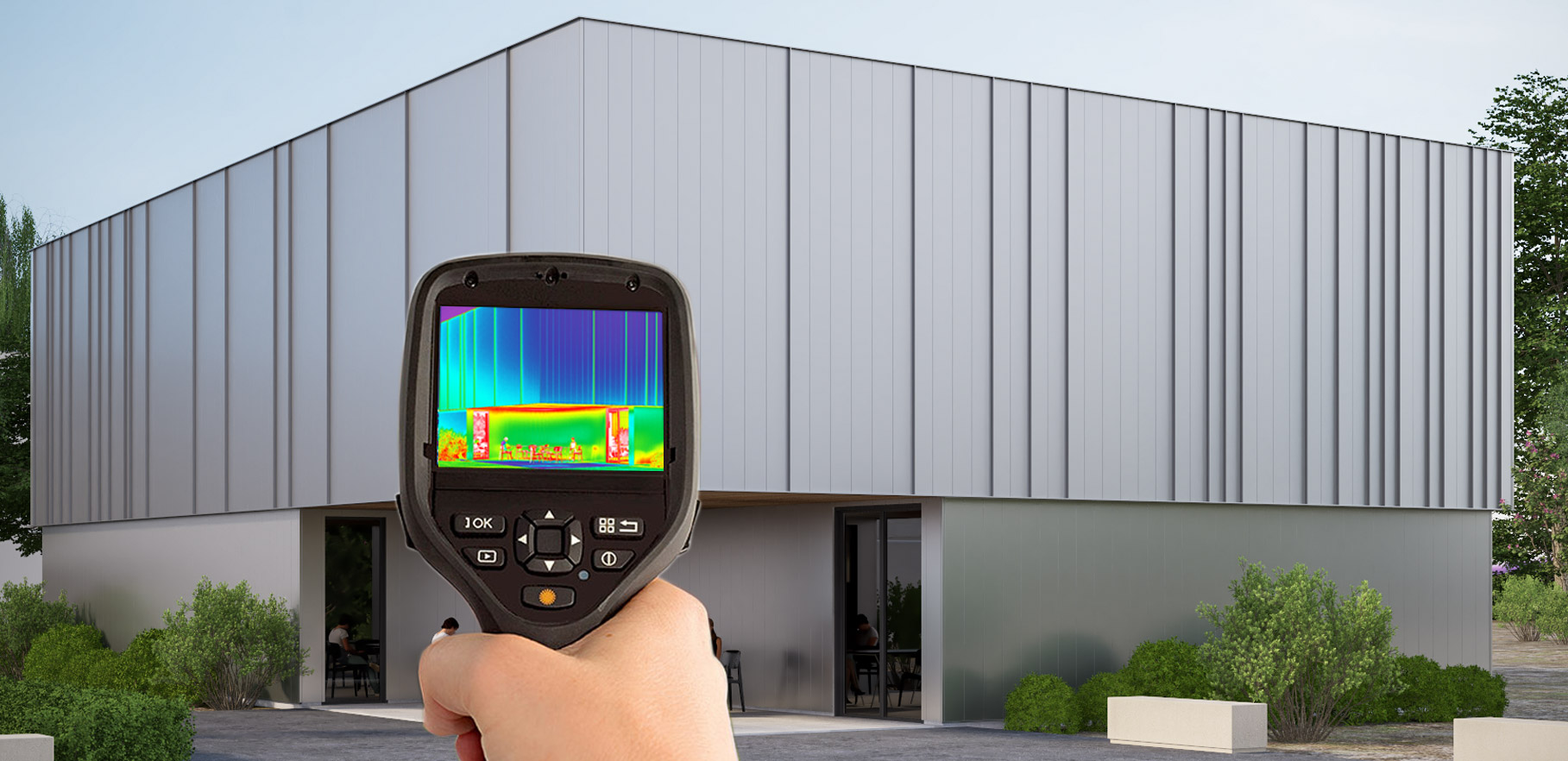Proposed Key Changes in the 2025 NCC Update
Energy Efficiency, Water Ingress, and Condensation Risk Reduction
The 2025 update to the National Construction Code (NCC) in Australia introduces several significant changes aimed at enhancing energy efficiency, reducing water ingress, and mitigating condensation risks in buildings. Here’s a summary of the proposed changes and their impacts on Australia’s Building Code:
1. Energy Efficiency Requirements
Commercial Buildings and Common Areas of Class 2 Apartment Buildings:
- Tighter Energy Efficiency Standards: The update proposes stricter energy efficiency requirements for commercial buildings and the common areas of Class 2 apartment buildings. These changes aim to further reduce energy consumption and greenhouse gas emissions.
- Increased Insulation and Performance Standards: There will be enhanced insulation requirements and more rigorous performance standards for heating, cooling, lighting, and ventilation systems.
- Impact: Building designers and developers will need to adopt more energy-efficient technologies and construction methods. This may include advanced glazing, better thermal insulation, and more efficient HVAC systems.
2. Water Leak and Ingress Reduction
Apartments and Commercial Buildings:
- Enhanced Waterproofing Standards: New provisions will focus on improving waterproofing measures to prevent water leaks and ingress, particularly in vulnerable areas such as basements, roofs, and balconies.
- Improved Materials and Construction Practices: There will be a push towards using higher quality materials and better construction practices to minimise the risk of water penetration.
- Impact: Builders and contractors will need to follow more stringent waterproofing protocols and possibly use more durable materials, which could increase construction costs but will lead to longer-lasting and more resilient buildings.
3. Condensation Risk Reduction
New Buildings:
- Comprehensive Condensation Management: Building on previous amendments, the update will introduce additional measures to manage condensation, including better ventilation systems and moisture barriers.
- Detailed Design and Construction Guidelines: The NCC will provide more detailed guidelines for designers and builders to follow, ensuring that all potential condensation issues are addressed during the design and construction phases.
- Impact: There will be a greater emphasis on ensuring that buildings have adequate ventilation and that moisture control measures are effectively implemented. This could involve more complex designs and the use of specific materials to prevent condensation, thus improving indoor air quality and building durability.
Overall, these changes reflect a commitment to enhancing building performance, sustainability, and occupant comfort in Australia. Builders, developers, and designers will need to stay informed and adapt to these new requirements to ensure compliance and improve the quality of the built environment.
Introducing Velo Facades
A Solution for 2025 NCC Compliance
Velo Facades offers an innovative high-performance rainscreen solution that aligns perfectly with the new measures proposed in the 2025 NCC update. These facades excel in energy efficiency, thanks to superior thermal insulation, which will help meet the tighter energy efficiency requirements.
Water leaks and condensation-related issues can and do lead to costly damage and compromise the structural integrity of a building. That’s why it’s important that the rainscreen design of Velo Facades provides robust protection against water ingress, incorporating world’s best and most robust facade detailing that reduces the risk of leaks and moisture penetration by allowing for effective drainage and ventilation behind the facade.
By incorporating Velo Facades into your projects, builders and developers can save valuable time and resources while ensuring you comply with these new proposed standards of the NCC, for sustainable, high-performing, and durable buildings.
 Price & Spec
Price & Spec



